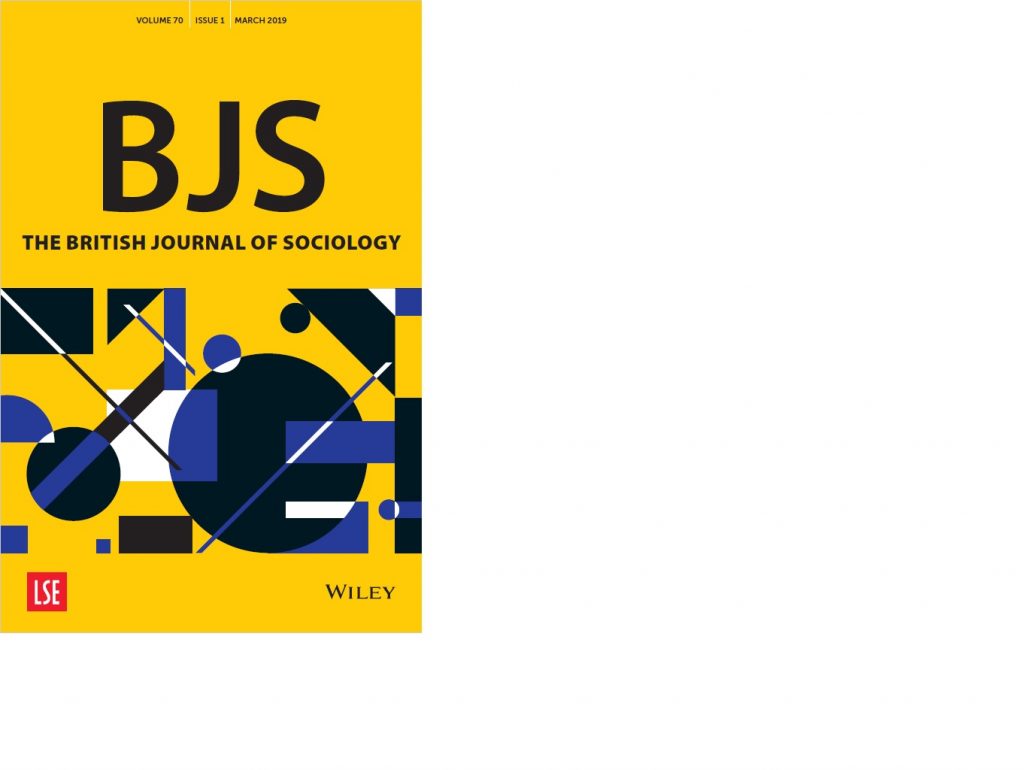Racially Profiling the Victims of Murder. Colorblindness, Racism and the Selective Silence on Race in the US and Germany

Memorial for the victims of the NSU murders in Dortmund, Germany.
Source: Reclus [CC0], via Wikimedia Commons.
Between 2000 and 2006, the neofascist terrorist group National Socialist Underground (NSU) was responsible for a series of racist murders that left nine men of Turkish and Greek background – in addition to a white female police officer – dead. The group is suspected of having committed further atrocities including the bombing of a Turkish owned business in Cologne. In all cases, the neo-Nazis targeted the victims specifically because of their ethnicity and murdered them execution-style at their respective workplaces. These serial killings were finally resolved in late 2011 after evidence was found in what remained of the three co-conspirators’ apartment, which Zschäpe had tried to burn down after the suicides of her two accomplices following a bank robbery.

The burned down apartment formerly shared by the three NSU members.
Source: André Karwath aka Aka [CC-BY-SA-2.5], via Wikimedia Commons.
Both the fact that German law enforcement did not even investigate the possibility of racially motivated hate crimes and the fact that they were quick to conclude that the murders must be the result of Turkish-on-Turkish gang activity or ‘foreign’ organized crime thus further perpetuated stereotypes about immigrants and their alleged involvement in crime and illegal activities: In addition to more specifically islamophobic racism that portrays them as religious fanatics and terrorists, ethnic Turkish and Arab men in German racist thought are associated with similar stereotypes faced by African Americans in the US – namely criminality, violence and gang affiliation.
However, this stalled and misguided investigation also speaks more broadly to problems with the notion of a post-racial society. On the one hand, the idea that racism has become a thing of the past which is why we should all strive for colorblindness, here ultimately made law enforcement blind toward the reality of race as a factor of potential vulnerability. And on the other hand, it is the very unaddressed racism hiding below the surface of colorblind ideology that led the authorities to narrow their list of suspects down to those of the same ethnic background as the victims. Drawing on latent and manifest racialized stories about Turkish immigrants, investigators ‘naturally’ concluded that the killers must be found within Germany’s Turkish community. Thus, instead of being treated as the victims they were, these murdered men were essentially racially profiled for a second time: After first being targeted as potential victims that had to die because of their ethnicity by the NSU, they were now being profiled by the police as perpetrators of some illegal activity that ultimately had resulted in their deaths.
Despite the many and important differences between the two cases (such as the conscious, explicit and manifest motivations of the respective shooters), in the way the public and the authorities (at least initially) handled the investigation and prosecution, the case of the NSU murders in Germany shares some similar implications regarding the question of racial discourse and colorblindness with the George Zimmerman trial in Florida. Just like German authorities were initially unable to see the possibility of racially motivated crimes, so did the judge, parts of the public and at least parts of the jury reject the idea that the race of Trayvon Martin played any role in why he had been pursued by Zimmerman the night of his death. Yet, despite this refusal to acknowledge race as a factor leading to their victimization, racial discourses – though unacknowledged as such – quickly resurfaced when both Trayvon Martin and the victims of the NSU serial killers were essentially treated as accomplices in their own respective murders. While the German public and law enforcement assumed the victims had been involved in organized crime, Zimmerman’s defense lawyers as well as parts of the public drew on racialized fears and suspicions toward Black male bodies when they portrayed Trayvon Martin as a drug user, physically intimidating and a violent thug. And, it could be argued, the jury similarly racially profiled Martin as dangerous, his friend as untrustworthy (and simply stupid) while racially categorizing Zimmerman as harmless and his videotaped account of the shooting as believable. As Cynthia Lee points out for the case of criminal trials involving self-defense claims, it is this officially sanctioned resistance toward acknowledging the reality of race and racism that results in implicit racial biases – such as the perception of Black men as inherently threatening – ultimately impacting the outcome of these trials.
It remains to be seen whether these two criminal cases in Germany or the US will spark a deeper discussion about racism and race or whether instead notions of colorblindness and post-racialism will continue to dominate the public imagination. As Lee’s insights and other research previously discussed on this site seem to indicate, we would do much better as a society in being aware of racism and acknowledging race as a factor of inequality, power and bias than in subscribing to the idea of colorblindness.
Further Reading




1520-6688/asset/Capture.jpg?v=1&s=b5076c49a7d1c5f1b9cf0dd9cd292394a3be81cc)